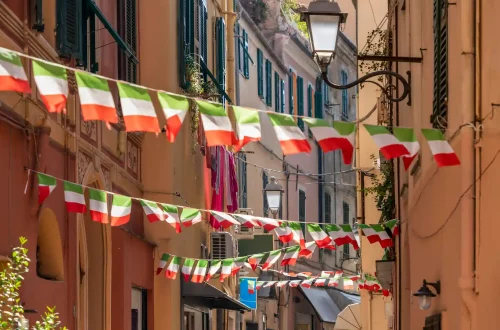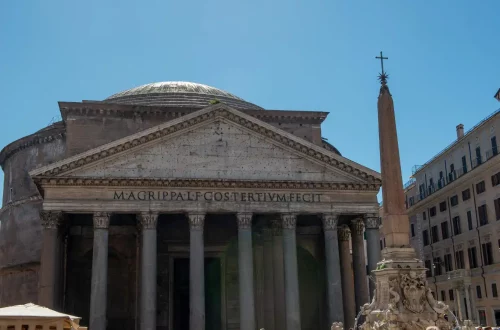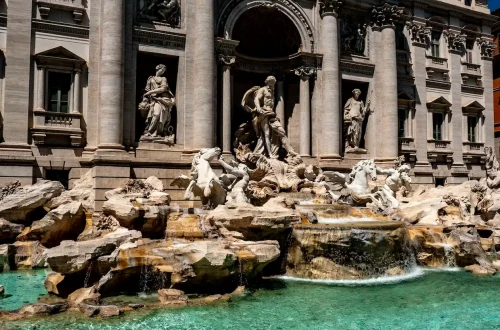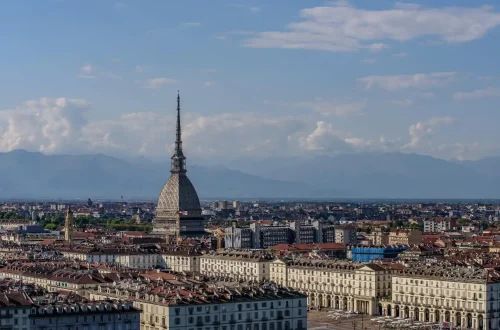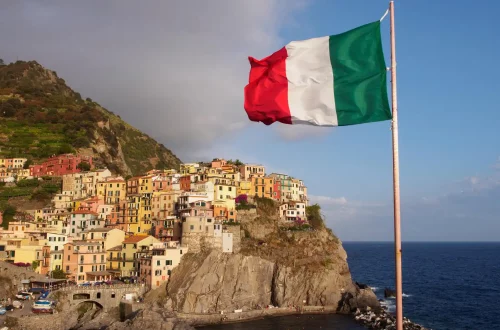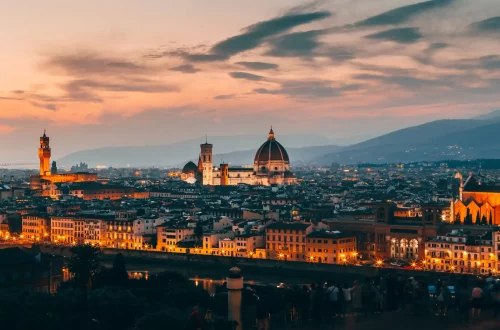Italy is renowned for its rich regional diversity, which has deeply influenced its national identity throughout history. From distinct dialects and culinary traditions to varied economic models, each region has contributed uniquely to Italy’s character.
Unlike more centralized nations, Italy’s identity is built upon a mosaic of cultures, shaped by centuries of independent city-states, regional traditions, and political struggles. This balance between regional identity and national unity remains a defining feature of Italy, influencing everything from governance to cultural pride.
Historical foundations of regional identity
Before Italy’s unification in 1861, the Italian peninsula was divided into multiple autonomous kingdoms, duchies, and republics. Each region developed distinct identities influenced by local rulers, geography, and economic structures. Some of the most significant pre-unification entities included:
- The Kingdom of Sicily and Naples (Southern Italy) – The Kingdom of Naples shifted between various rulers, including Romans, Byzantines, Normans, and Bourbons, with Spain controlling it for nearly 200 years. Initially linked to Sicily, they were repeatedly united and separated until Napoleon’s annexation (1806–1815). After Bourbon rule was reinstated, Naples and Sicily joined unified Italy in 1860, shaping the modern Italian state.
- The Grand Duchy of Tuscany – The Grand Duchy of Tuscany was a key center of Renaissance art and literature. Established in 1569, it was ruled by the Medici family until 1737, when control passed to the House of Lorraine under Francis Stephen of Lorraine. The region faced interruptions due to Napoleonic influence and wars, but in 1860, it was annexed to the Kingdom of Sardinia, joining unified Italy.
- The Papal States (Central Italy) – The Papal States were territories in central Italy, governed by the Catholic Church both spiritually and politically from 756 to 1870. Their borders varied over time, covering Lazio, Marche, Umbria, and parts of Emilia-Romagna. These lands were key to the papacy’s secular power until Italy’s unification.
- The Republic of Venice and the Duchy of Milan (Northern Italy) – During the 15th and 16th centuries, northern Italy’s city-states, led by Venice and Milan, were engaged in territorial disputes despite the Peace of Lodi (1454). Foreign powers sought control, prompting shifting alliances supported by the papacy and imperial forces. By the mid-15th century, Renaissance culture thrived, with Milan, Mantua, and Ferrara fostering art and intellectual advancements, while Venice became a renowned center for painting.
These independent states functioned separately, often clashing due to political rivalries. Many regions saw themselves as distinct nations rather than parts of a unified Italy. This disjointed political structure posed a major challenge for the Risorgimento, the movement to unify Italy under one nation.
Take advantage of specialized assistance to secure your passport for a borderless future.
The Risorgimento and the struggle for unity
The Risorgimento (meaning “Resurgence”) was a period of political and military campaigns (1815–1871) aimed at uniting Italy under a single government. Led by figures such as Giuseppe Garibaldi, Count Camillo di Cavour, and Giuseppe Mazzini, the movement sought to dismantle foreign rule and bring together Italy’s fragmented regions.
Despite the eventual success of unification, regional differences remained pronounced. Even after Victor Emmanuel II was crowned the first king of unified Italy, the country struggled with internal divisions:
- Northern Italy, dominated by industrial development, advanced economically.
- Southern Italy, long governed by monarchies, remained largely agrarian and faced economic disadvantages.
- The Papal States resisted integration into Italy until 1870, maintaining strong religious influence over politics.
The lasting effects of these disparities are still seen today, with ongoing discussions about regional autonomy, economic inequality, and cultural preservation.
Regional cultural differences
Language and dialects
Although Italian is the official language, many regions maintain their own dialects. For example:
- Neapolitan dialect (Southern Italy): has strong influences from French, Spanish and Greek.
- Venetian dialect (Northeast Italy): Venetian, influenced by Celtic and Venetic roots, is distinct from other Gallo-Italic dialects.
- Sardinian dialect: so distinct that it is considered a separate language.
Cuisine and traditions
Italy’s regional cuisine is world-famous, but each area specializes in different flavors and techniques:
- Northern Italian cuisine features rice, corn, and a variety of meats, including beef, veal, pork, rabbit, and seafood, influenced by its mountainous and coastal landscapes.
- Central Italy’s warm summers favor tomato-based dishes, while cold winters support leafy greens and chestnut cultivation. Traditional meals feature grilled meats, including pork, beef, poultry, and lamb, varying by region. The area also grows farro and saffron, key ingredients in local cuisine.
- Southern Italian cuisine, shaped by the Mediterranean’s richness and local agriculture, features bold tomato flavors, olive oil, and herbs and spices like oregano, basil, and citrus, defining its distinctive culinary identity.
Food remains one of the strongest markers of regional identity, with Italians maintaining pride in their local culinary heritage.
Architecture and art
Each Italian region exhibits distinct architectural styles influenced by local history:
- Florence‘s architectural history reflects its transformation from medieval strongholds to a Renaissance artistic capital. Its skyline is defined by Romanesque, Gothic, and Baroque influences, showcasing the city’s cultural evolution. Iconic landmarks, such as the Florence Cathedral, embody the Renaissance spirit.
- Venice, built on 118 islands, blends historic and modern architecture, with gothic-inspired designs adapted for canal living.
- Rome, birthplace of Baroque style, was shaped by Bernini in the 17th century, whose ornate designs evoked deep emotion, reinforcing the Catholic Church’s influence.
The preservation of regional landmarks helps maintain Italy’s historical narrative, reinforcing local identity.
Take advantage of specialized assistance to secure your passport for a borderless future.
Economic and social contributions of regions
Italy has long struggled with a socioeconomic divide between its wealthier, industrialized north and its less developed south, a disparity that dates back to Italian unification in 1861. Several factors contributed to this imbalance, including geography, as the north’s flatter terrain facilitated infrastructure development and market expansion.
Additionally, lower transportation costs, stronger market integration, and proximity to European consumers allowed northern Italy to advance economically, while the south remained largely agricultural and underdeveloped.
Efforts to close this gap have been ongoing but largely ineffective, with the north maintaining its economic dominance due to superior infrastructure, efficient public services, and higher wages. However, the south holds a demographic advantage, with higher birth rates and a younger population, offering potential relief for Italy’s fertility crisis.
The future remains uncertain—whether economic opportunities will expand southward to meet its growing labor force or whether continued migration northward will reinforce the existing divide.
Political and administrative Influence
Italy is a democratic republic with a bicameral parliamentary system, consisting of the Chamber of Deputies and the Senate, both holding equal legislative powers. The Prime Minister leads the government, while the President of the Republic serves as Head of State.
Administratively, Italy is divided into regions, provinces, municipalities, and metropolitan cities, with 15 regions having ordinary status and 5 enjoying special autonomy, granted by constitutional law due to geographic and cultural factors. Although originally a unitary state under the 1947 Constitution, decentralization gained momentum after World War II, in reaction to the highly centralized Fascist regime.
Over the decades, reforms such as the Bassanini laws (1997) and constitutional changes in 1999 and 2001 strengthened regional autonomy, reshaping legislative powers between state and regional governments. However, attempts to expand decentralization, including a 2006 referendum on broader autonomy and a 2016 proposal to reduce Senate powers and eliminate provinces, were rejected.
While special-status regions maintain constitutional autonomy, ordinary regions gained increased authority through the 2001 reform, narrowing distinctions between the two. Today, Italy is considered a regionalized country, balancing national unity with decentralized governance.
National identity vs. Regional identity
One of Italy’s greatest challenges is balancing strong local identities with national cohesion. Many Italians identify first with their region before associating with the broader national identity. Regional festivals, traditions, and historical narratives reinforce local pride, yet shared Italian symbols—such as the flag, language, and national holidays—help bind the country together.
Italy’s regional identities remain at the heart of its cultural, political, and economic development. Although the Risorgimento united the country, historical distinctions persist, shaping Italy’s governance, traditions, and society. Rather than weakening national identity, Italy’s regional diversity strengthens its global image
